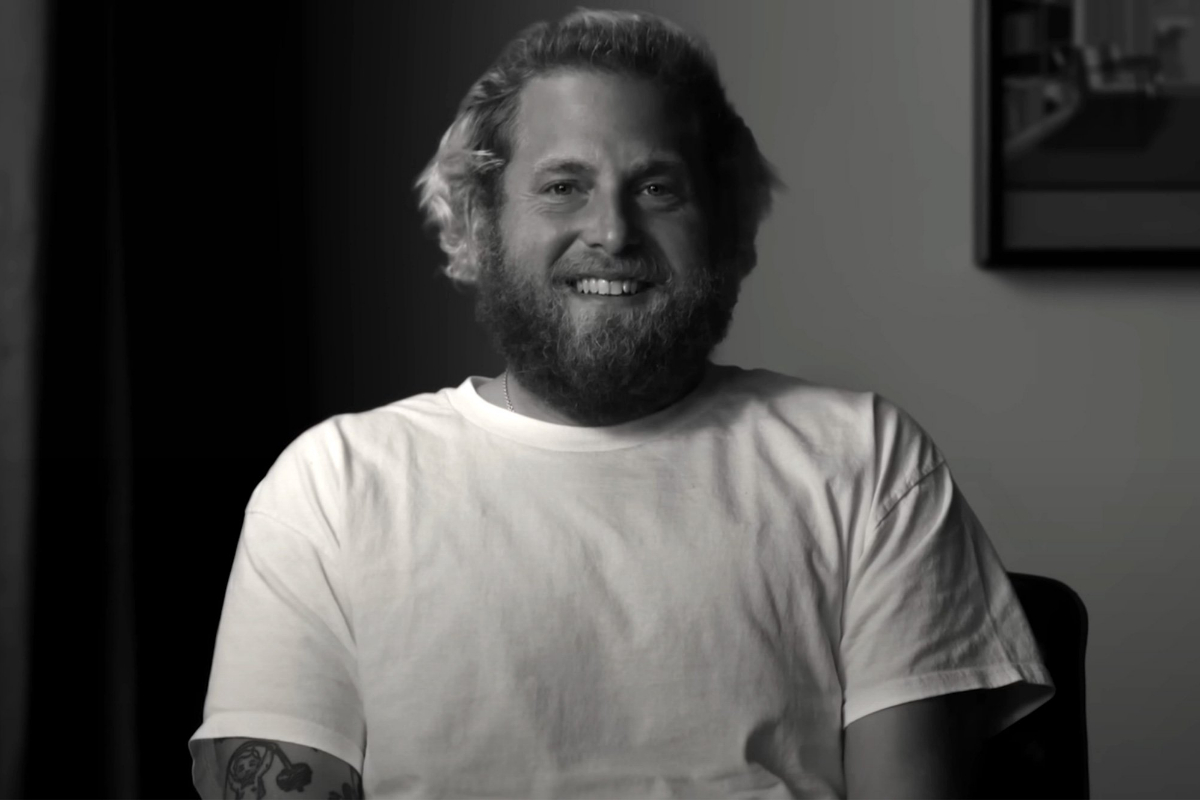Why Imelda Staunton Is the best queen Elizabeth in season 5 of “The Crown”?
The Crown will examine the circumstances leading up to Queen Elizabeth II's...

Filmmaking is a metaphor for examining one’s mental health in Jonah Hill’s “Stutz”
In his most recent film as a director, Jonah Hill goes a little adventurous. His most recent film, Stutz, which debuted on Netflix earlier this month, is billed as an open discussion between the director and his therapist, Dr. Phil Stutz. But as soon as it established that premise, it immediately disproves it. The movie ultimately experiments with a variety of forms and looks. It is partly a biography of Dr. Stutz, but it is also a participatory movie in which Hill plays a significant, central role.
Additionally, it experiments with direct cinema, cinéma verité, and the pseudo-avant-garde. This disjointed mixing of styles is occasionally harmonious and other times chaotic, but ultimately it serves the film’s thematic goal of highlighting significant similarities between the visual arts and mental health.
The titular therapist shares his fundamental wellness principles in Stutz, which initially places a lot of focus on mental health. However, Hill exposes the film’s farce in the second scene: How the “candid dialogue” was actually filmed over the period of two years, giving the appearance of continuity through the use of green screens, editing, and makeup. Hill discusses his intention to make something honest with less Hollywood magic refining the tale he wants to communicate in a scene that is as dubiously unscripted as any other in the picture. To quote Hill back to Stutz in jest, “the worse it is, the better we did.” In other words, as the initiative seeks to be honest, the less polished and refined it appears, the better.
Authenticity and illusion must coexist in cinema and documentary films in particular struggle with this. A film with a strong artistic hand, something thoroughly scripted with substantial editing, special effects, or animation would be on the far illusion end of the scale. On the other hand, a straight documentary with no screenplay, few subjects, sparse edits, and limited camera movement would fall on the extremely authentic side of the spectrum. The degree to which a filmmaker chooses to tamper with the medium’s indexical link to reality determines where a film falls on the spectrum. Hill strives for authenticity in Stutz but is aware that complete objectivity is impossible.
Hill’s pursuit of unattainable perfection has an importance that extends beyond the realm of filmmaking. It connects the medium to the movie’s primary subject—mental health. The human mind struggles to properly understand one’s genuine self, just as a film can never be truly neutral. People perform in a variety of settings even when they are not in front of a camera. They voluntarily discard other aspects of their identities in the meantime. In addition to his directing choices, Hill describes how this dilemma affects his desire to maintain a positive self-image while eschewing undesirable aspects of his background.
There are sporadic scenes where Hill talks about his personal road toward self-acceptance as Stutz guides him as the movie moves forward and Stutz tells his life’s tale. Three things in life are constants according to Stutz’s philosophy: suffering, inconsistent behavior, and labor. While these three constants are typically seen as bad things, Stutz argues that real happiness comes from learning to accept the process of managing them rather than trying to avoid these unavoidable facts. Learning to love one’s body, one’s peers and oneself is necessary to achieve this.
Through the course of the movie, Hill and Stutz both grow more honest and grateful to accept their vulnerabilities. While this is happening, the documentary appears to slowly come into its own, with Hill worrying less about the project’s outcome and more about the process.
This appears to be the case in the movie, at least. Some scenes are still clearly manufactured, such as when Stutz says he’s going home but then lies down on a bed that is only across the soundstage. The insights Stutz offers while resting on that bed, though, are more suspect. Were they pre-written? Or do they really mean it? The degree to which these components have been inflated can be constantly debated by viewers, as it can with any documentary. Even though the majority of the film’s hard data is genuine, the typical spectator can never really tell how sincere the two subjects are.
However, this is how life is. One will never fully understand who one really is. Everyone plays a part with varying degrees of inauthenticity while donning their own mask. Stutz’s major point is that such inauthenticity is an essential aspect of the human experience and that it is more crucial to acknowledge and accept that inauthenticity than to completely avoid it. Like any good artist, Hill uses the tools available to him in his medium to elaborate on that message, showing how the process of making a movie and the relentless pursuit of perfection by directors is a clever metaphor for navigating one’s mental health and perhaps finding inner peace through the finished product.
Catch all the Business News, Breaking News Event and Latest News Updates on The BOL News
Download The BOL News App to get the Daily News Update & Live News.